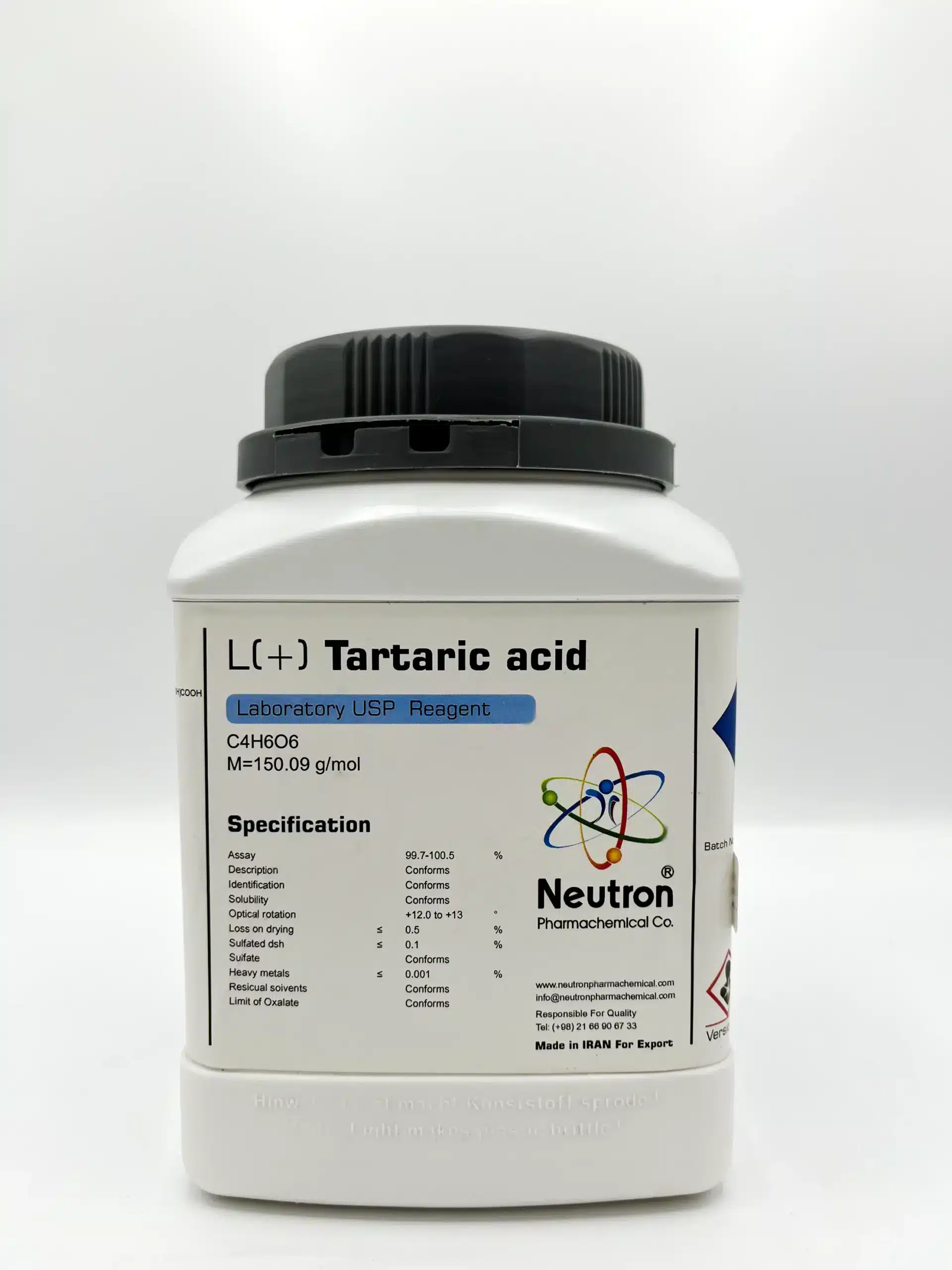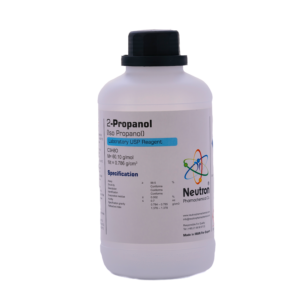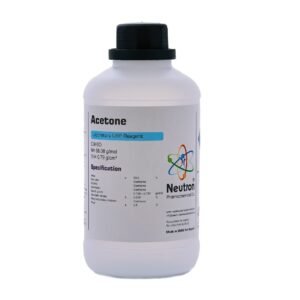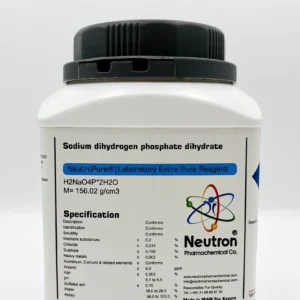🏭⚗️ Synthesis
Tartaric acid is mainly obtained from natural sources, especially as a by-product of winemaking. It is extracted from potassium bitartrate (cream of tartar). Synthetic production from maleic or fumaric acid exists but is less common.
🧪 Applications
Tartaric acid is widely used in food as an acidulant and leavening agent. It’s also used in pharmaceuticals, cosmetics, and metal cleaning. In chemistry, it helps in metal ion masking and chiral resolution.
⚠️Hazards
It is generally safe in small amounts, but large doses can cause irritation to the skin, eyes, and digestive system. Inhaling its dust may irritate the lungs. Proper handling and protective equipment are recommended.
Environmental Impact
Tartaric acid is biodegradable and has low environmental toxicity. However, excessive use or improper disposal may slightly affect soil or water pH levels.





